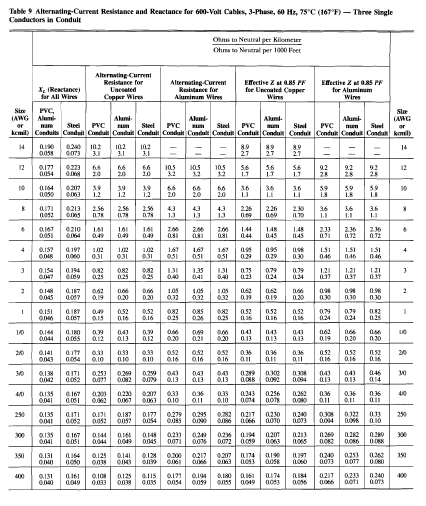Basic Guide for Power System Protection
A power system is not only capable to meet the present load but also has the flexibility to meet future demands. A power system is designed to generate electric power in sufficient quantity, to meet the present and estimated future demands of the users in a particular area, to transmit it to the areas where it will be used and then distribute it within that area, on a continuous basis.
"To ensure the maximum return on the large investment in the equipment, which goes to make up the power system and to keep the users satisfied with reliable service, the whole system must be kept in operation continuously without major breakdowns".
Read: What is the Importance of X/R Ratio?
Basic Requirements of Power System Protection
A protection apparatus has three main functions/duties:
- Safeguard the entire system to maintain continuity of supply
- Minimize damage and repair costs where it senses fault
- Ensure safety of personnel.
- Selectivity: To detect and isolate the faulty item only.
- Stability: To leave all healthy circuits intact to ensure continuity or supply.
- Sensitivity: To detect even the smallest fault, current or system abnormalities and operate correctly at its setting before the fault causes irreparable damage.
- Speed: To operate speedily when it is called upon to do so, thereby minimizing damage to the surroundings and ensuring safety to personnel.
- Dependable: It must trip when called upon to do so.
- Secure: It must not trip when it is not supposed to.
 |
Power System Protection |
Important Points to Consider in Protection System
- Protection of any distribution system is a function of many elements and this manual gives a brief outline of various components that go into protecting a system. Following are the main components of protection.
- Fuse is the self-destructing one, which carries the currents in a power circuit continuously and sacrifices itself by blowing under abnormal conditions. These are normally independent or stand-alone protective components in an electrical system unlike a circuit breaker, which necessarily requires the support of external components.
- Accurate protection cannot be achieved without properly measuring the normal and abnormal conditions of a system. In electrical systems, voltage and current measurements give feedback on whether a system is healthy or not. Voltage transformers and current transformers measure these basic parameters and are capable of providing accurate measurement during fault conditions without failure.
- The measured values are converted into analog and/or digital signals and are made to operate the relays, which in turn isolate the circuits by opening the faulty circuits. In most of the cases, the relays provide two functions viz., alarm and trip, once the abnormality is noticed. The relays in the olden days had very limited functions and were quite bulky. However, with the advancement in digital technology and the use of microprocessors, relays monitor various parameters, which give a complete history of a system during both pre-fault and post-fault conditions.
- The opening of faulty circuits requires some time, which may be in milliseconds, which for a common day life could be insignificant. However, the circuit breakers, which are used to isolate the faulty circuits, are capable of carrying these fault currents until the fault currents are totally cleared. The circuit breakers are the main isolating devices in a distribution system, which can be said to directly protect the system.
The operation of relays and breakers require power sources, which shall not be affected by faults in the main distribution. Hence, the other component, which is vital in the protective system, is batteries that are used to ensure uninterrupted power to relays and breaker coils.
Basic Components of Power System Protection
Read: What are the Conditions in Selecting Current Transformer in Protective Relaying?
- Voltage transformers and current transformers: To monitor and give accurate feedback about the healthiness of a system.
- Relays: To convert the signals from the monitoring devices, and give instructions to open a circuit under faulty conditions or to give alarms when the equipment being protected, is approaching towards possible destruction.
- Fuses: Self-destructing to save the downstream equipment being protected.
- Circuit breakers: These are used to make circuits carrying enormous currents, and also to break the circuit carrying the fault currents for a few cycles based on feedback from the relays.
- DC batteries: These give uninterrupted power source to the relays and breakers that are independent of the main power source is protected.
- Les Hewitson
- Mark Brown PrEng, DipEE, BSc (ElecEng), Senior Staff Engineer, IDC Technologies, Perth, Australia
- Ben Ramesh Ramesh and Associates, Perth, Australia
- Steve Mackay FIE(Aust), CPEng, BSc (ElecEng), BSc (Hons), MBA, Gov. Cert. Comp., Technical Director – IDC Technologies.


.webp)











No comments: